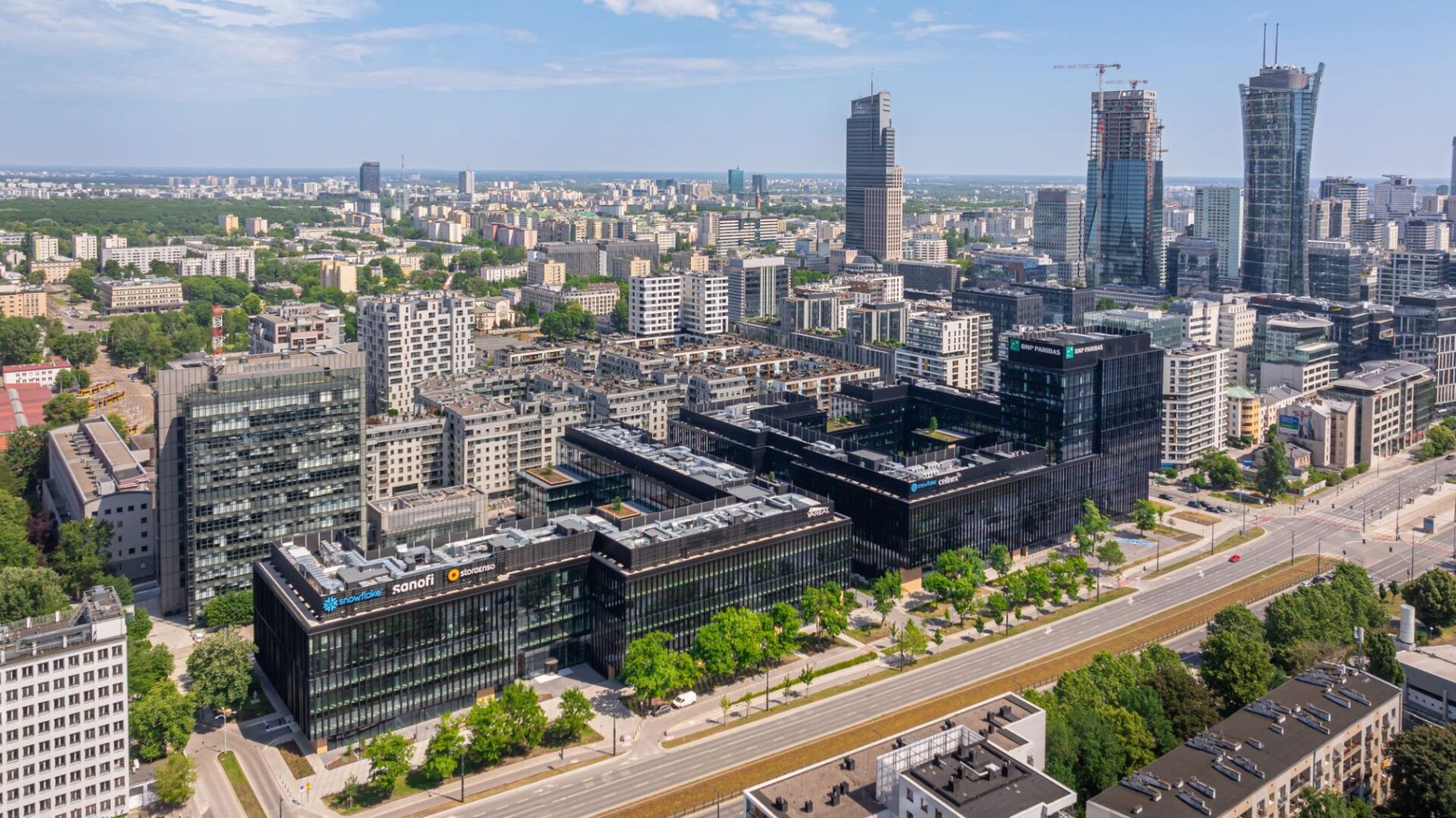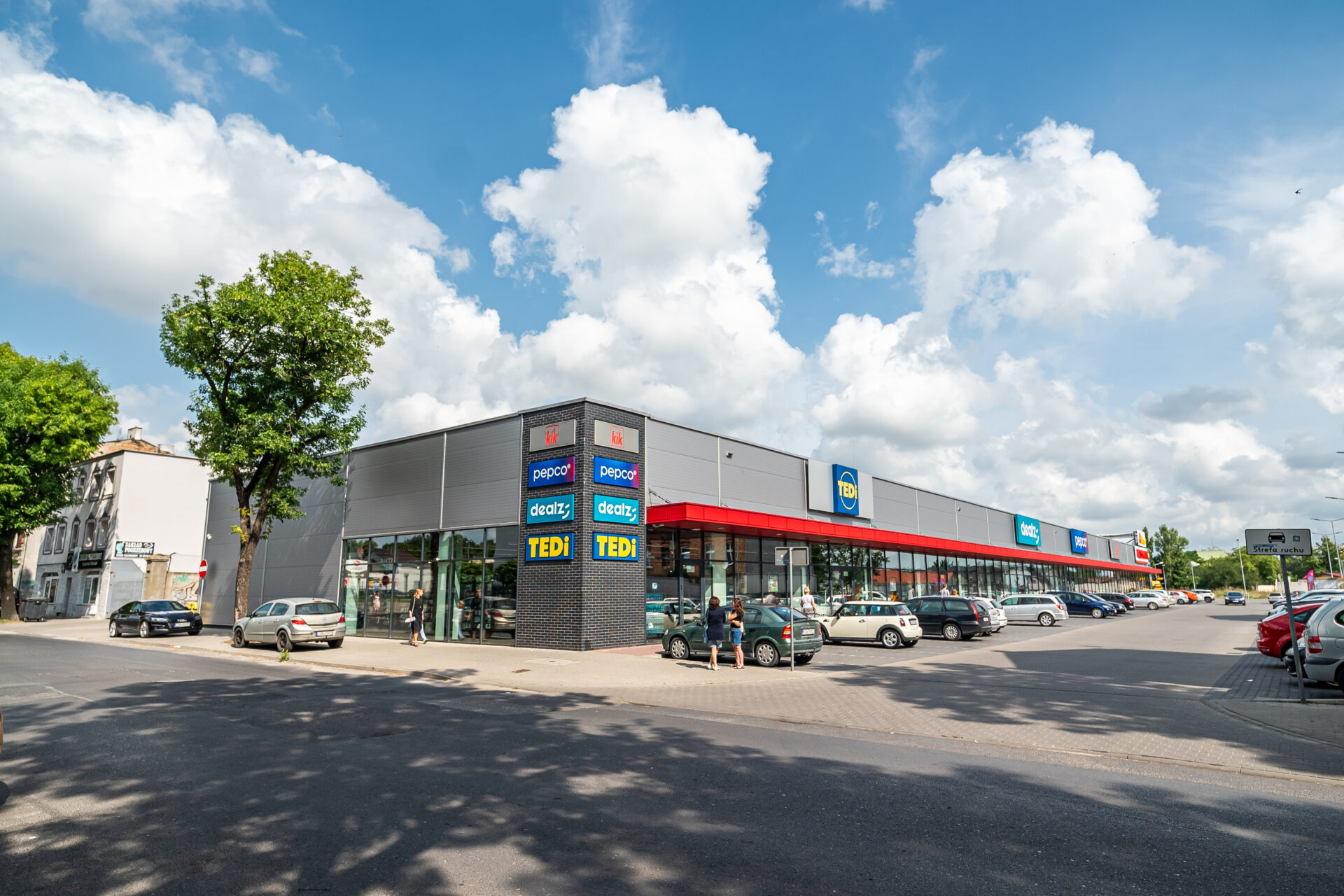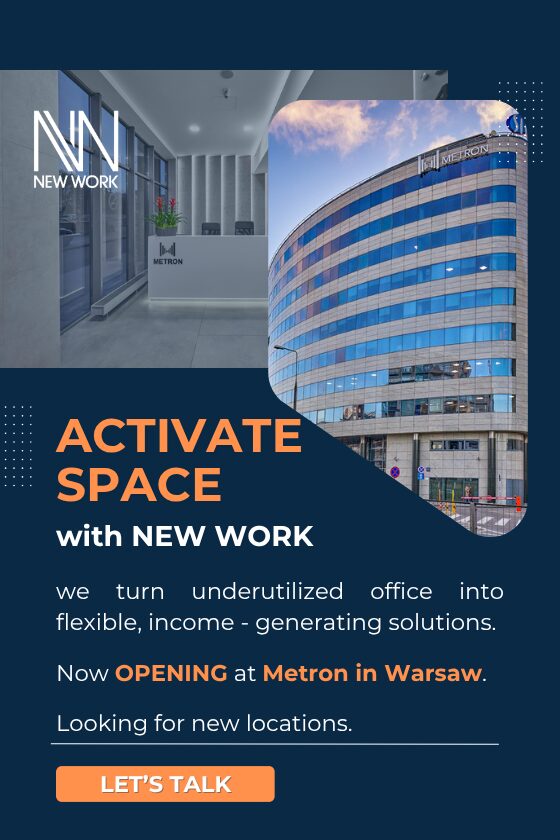CBRE published this year’s outlook for the commercial real estate market in the Czech Republic. The company expects real estate investments to increase due to the continuing positive economic situation. New opportunities should emerge in the market to attract the interest of institutional investors.
“Looking at investment turnover in 2020, we believe that there is the potential to match and even surpasss the levels recorded in 2016 and 2017 (over EUR 3.5 billion). The crucial factor in this respect will be the availability of suitable products on the market, especially premium office buildings, in which investors are most interested,” comments Chris Sheils, Head of Investment Properties at CBRE.
The office market will be affected by the slower recruitment of the workforce to administrative centres
Office employment, a key driver of user demand for office space, will see slower growth. This already started to affect leasing activity in 2019, which reached 280,000 sqm (a drop of 15 percent y-o-y). In 2020, we expect the demand to stabilize. Employers see labour and skill shortages as one of their top three strategic challenges. As a result, corporate appetite for flexible space will continue. Currently, there is around 70,000 sqm of modern office space in Prague in flexible offices.
With low unemployment and the increasing importance of corporate social responsibility, potential tenants are increasingly being pressured to pay more attention to a responsible approach to employees and the environment. As a result, high levels of LEED and BREEAM building certification or the quality of indoor environment proven by the WELL Core & Shell standard are becoming increasingly important.
Despite the very low vacancy level (5.5 percent as of 2019 year-end), the development pipeline is very low. This year, only 204,000 sqm are expected to be delivered, however, more than one half of this space has already been preleased. As a result, the lack of available space in central locations is pushing prime rents up. It is currently between 22.50 – 23.00 EUR/sqm/month.
The growth in the turnover in shopping centres will continue. Household purchasing power will attract more new brands
This year, retail performance will be driven by household purchasing power and growth in e-commerce (CBRE expects its share to stabilise at 17 percent in the Czech Republic by 2023.). Nonetheless, Czech consumers still like to shop in brick and mortar shops: in the last five years there has been strong growth in the turnover in shopping centres and this trend will continue in 2020.
The population’s purchasing power has increased and so has the interest of new brands in the Czech market. Every year, several of them enter the market and this year is no exception. The Czech market is awaiting the arrival of two prestigious luxury fashion brands on Prague high streets, but also Primark, which will open its first shop in the Czech Republic on Wenceslas Square in last quarter of 2020.
Only one shopping centre is scheduled to open during the year, specifically Bořislavka in Prague 6. The local market is already mature, so today’s biggest challenge is not new competition, but above all “to not to be behind the times”. Throughout the year, several shopping centres will start to renovate or expand their premises, for example Spektrum in Čestlice, Centrum Černý Most in Prague and Varyáda in Karlovy Vary.
Prime shopping centre rent is expected to grow slightly to 155 EUR/sqm/month. High street rent will reach 240 EUR/sqm/month by the end of the year.
Industrial and logistics real estate segment: this year will be marked by innovations
The industrial property market is changing and facing new challenges, such as a lack of suitable premises for industrial property (land is still available, though getting a permit is becoming more complicated and land is more expensive) and labour shortages. However, companies are taking a proactive approach to these challenges and see potential for further growth: according to the CBRE survey, almost one-half of the companies were forecasting growing profitability, while almost two-thirds expected revenues to increase in the year ahead. Although the careful management of rising costs is vital, they are investing in new technologies and innovations. They do it not only in the context of the growing influence of e-commerce, but to streamline their businesses and increase productivity.
Companies are also increasingly putting pressure on the quality of buildings and the indoor environment in order to attract new talent and retain the existing trained workforce.
Despite a constant flow of new development projects, the vacancy rate is expected to remain low and stable at around 4.5 percent.







